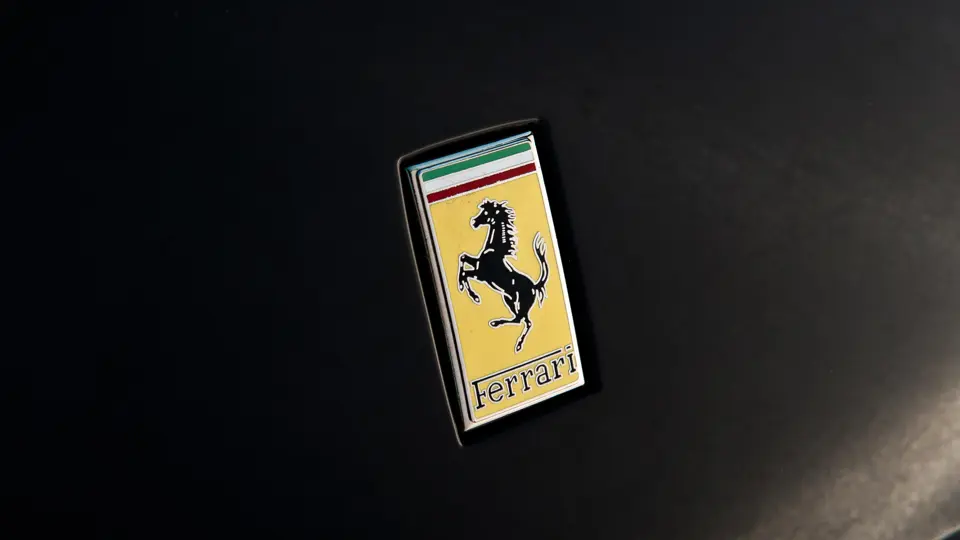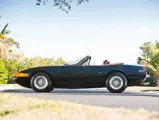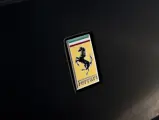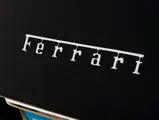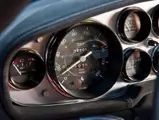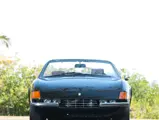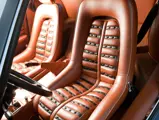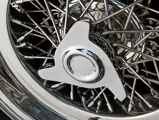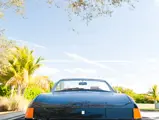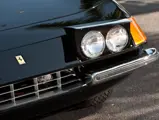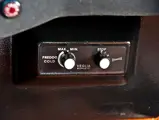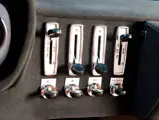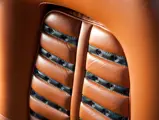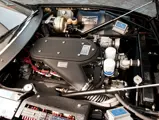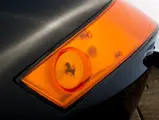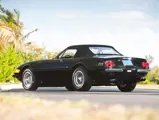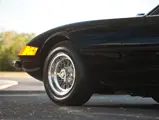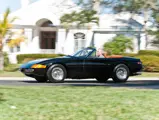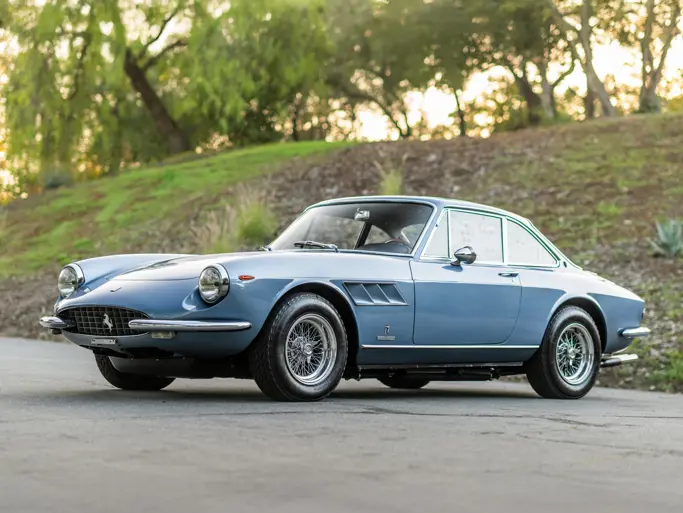352 bhp, 4,390 cc DOHC V-12 engine, six Weber 40DCN20 carburetors, five-speed manual gearbox in rear transaxle, four-wheel independent suspension with unequal-length A-arms, coil springs, and Koni tubular shock absorbers, and four-wheel, servo-assisted hydraulic disc brakes. Wheelbase: 94.5"
• Ferrari Classiche certification; virtually impeccable and serviced annually
• Stunning presentation; approximately 150 miles since acquisition in 2000
• One of only 121 examples built in total
• The ultimate front-engine Ferrari GT; iconic Pininfarina styling
In 1968, Ferrari unveiled its replacement for the beautiful 275 GTB/4 Berlinetta in Paris. The new 365 GTB/4 was more than a worthy replacement for its predecessor, with which it shared a chassis, suspension, 2,400-mm wheelbase and much of its basic layout. As the last front-engine Ferrari Berlinetta, Pininfarina produced an attractive design that at once paid homage to the car’s heritage while providing clients with an exciting new look for Ferrari’s flagship road-going model. The smooth, unbroken design was accented by a crease that ran the length of the body, just below the top of the wheel wells. Up front, the small, black “egg-crate” grille was complemented by rubber-tipped bumperettes. A matching set of bumperettes was fitted at the rear below four round taillights, a design feature that has persisted to this day. Constructed by Scaglietti, overall weight of the Daytona was reduced by utilizing aluminum for the doors, bonnet and boot lid.
Initially, the headlights were set back behind a transparent full-width plastic cover. American safety regulations required that Daytonas produced for stateside exportation be fitted with retractable headlights under two flush-fitting panels. Three-eared “knock-off” wheels were also replaced with five-spoke alloy units. By 1971, however, the concealed headlamps were adopted series-wide. In all, about 1,285 Daytona Coupes were assembled over a production run lasting through 1974.
For the 365 GTB/4, Ferrari adopted its tried and true, Colombo-designed V-12. Displacing 4.4 liters, the 12-cylinder engine utilized four overhead camshafts and was fitted with six Weber 40DCN20 carburetors, producing 352 bhp at a raucous 7,500 rpm. The not-unrealistic top speed of 174 mph claimed by Ferrari was tested by the daring editors at Road & Track who reached 173 mph in their GTB/4. From a standstill, it reached 60 mph in just 5.9 seconds, and the 3,500-pound car could turn the quarter-mile in 13.8 seconds—both tremendous achievements, regardless of the era.
While never intended for competition, several 365 GTB/4s were raced by their owners. As late as 1979, a factory-prepared, NART-entered version came in second at Daytona with Paul Newman co-driving. Not all racing endeavors were entirely legal, however; Brock Yates and the Le Mans-winning Dan Gurney claim to have tested the Daytona’s top speed for themselves on the public highways of Arizona during the second running of the original Cannonball Baker Memorial Trophy Dash between New York City and Los Angeles. The Cannonball Run, as it came to be known, was later immortalized on the silver screen in the blockbuster movie of the same name of the early 1980s. In sum, what had initially been conceived as an interim model for the long-overdue mid-engine 365 GT4 Berlinetta Boxer had not only become the costliest production Ferrari to date but also one of the fastest, most attractive and, quite possibly, the most desirable car in the world, a status it continues to enjoy today.
The Daytona Spyder
Alongside the 365 GTB/4 Berlinetta, however, Ferrari also produced a small series of Spyder variants, which remain among the most sought-after and highly regarded Ferraris to date. Interestingly, those examples officially exported to the United States were stamped as “365 GTB/4” instead of “365 GTS/4” and are therefore referred to as such. The first “Daytona Spyder” was presented at the 44th Annual IAA Motor Show in Frankfurt on September 11, 1969. The example shown was finished in yellow with the concave bodyline finished in black and featured Borrani wire wheels. The rear wings were squared-off on the top edges, losing some of the roundness of the Berlinetta and subtly altering the accent of the bodyline. The first Daytona Spyder was fitted with the Perspex-covered headlights, although all further examples sported pop-up headlights.
In all, Ferrari produced just 121 Daytona Spyders, including the prototype example. Ninety-six units were destined for the U.S. market, and the rest were built to European specification. Clearly, the bulk of production was destined for Ferrari’s most important export market: the United States.
Chassis no. 15417
This truly outstanding example from 1972, chassis 15417, is an original left-hand drive US-delivery example, one of the 121 Daytona Spyders originally produced. It was completed in April 1972, and original equipment included air conditioning, a tonneau cover, a Voxson radio, instruments calibrated in miles and a USA-specific rear license-plate frame. In October that year, 15417 was delivered new to official Ferrari distributor Luigi Chinetti Motors of Greenwich, Connecticut, with the car originally ordered on behalf of Professor Dr. Calvin L. Stevens of Edwardsville, Illinois, who was the founder of the Florida-based specialty chemical company Ash Stevens Inc. However, Dr. Stevens did not actually purchase the car, and eventually in mid-March 1973, Luigi Chinetti Motors sold 15417 to its first private owner, William M. Whitelaw, Jr. of Dublin, Ohio. In February 1974, the Spyder was under the ownership of Robert L. Smith of Hinsdale, Illinois.
By the early 1990s the car had about 33,000 miles. Beginning in 1998 and completed in January 2000, the Spyder received a full, no-expense-spared restoration while in the ownership of Jeffrey Schwartz, with all work performed by the noted marque specialists at Classic Coach of Elizabeth, New Jersey, the first Ferrari-authorized facility of its kind in North America.
In 2000, 15417 was acquired by the current owner, and as offered it is finished in its original Nero (Black) exterior color and has recently received the highly coveted Ferrari Classiche Certification. Clearly benefiting from proper dust-free, climate-controlled storage and serviced annually by Florida marque specialists, 15417 has accumulated only about 150 miles ever since, with 100 during the first two years of ownership and the final 50 miles over the last 10 years! Equipped with factory-original air conditioning and a modern stereo head unit, as well as a black convertible top and a handsome set of Borrani wire-spoke wheels, 15417 has recently been serviced and includes a set of books and a tool roll. As offered, it remains simply stunning in virtual concours-ready condition throughout with the restoration still fresh in appearance. As such, it will provide a superb entry to the most prestigious and selective concours events in the world, not to mention a fantastic opportunity to drive one of the most breathtakingly fast sports cars of its era.


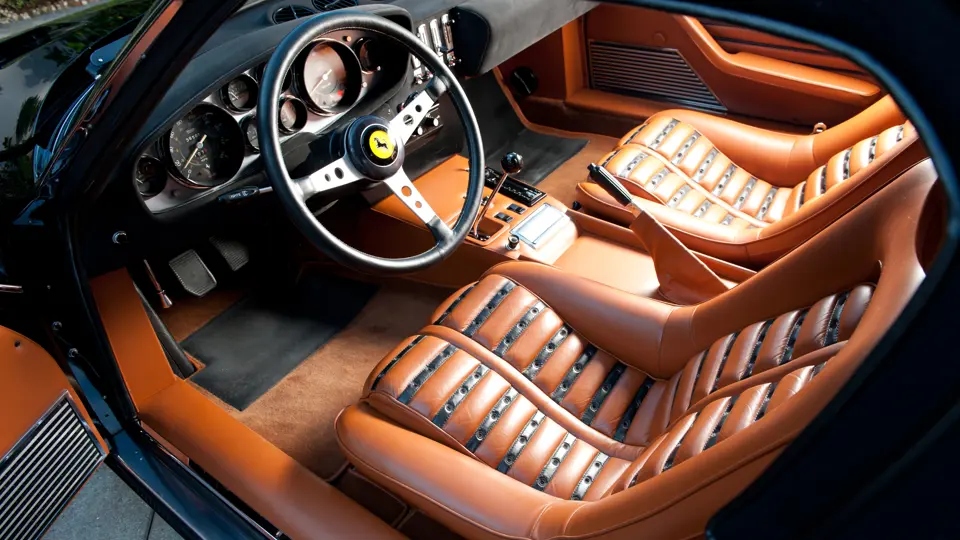

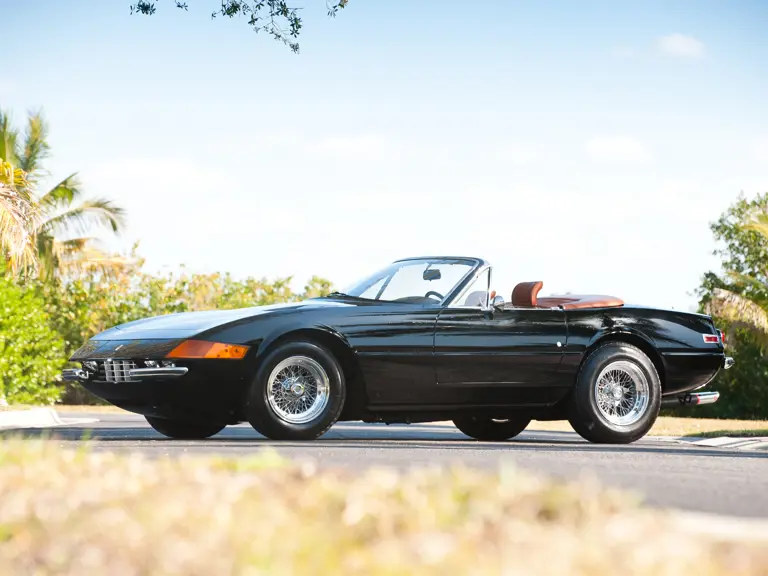


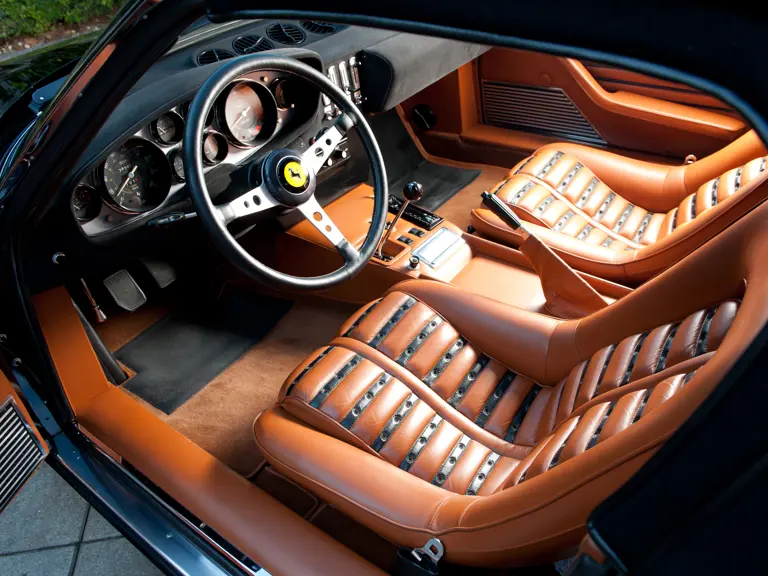
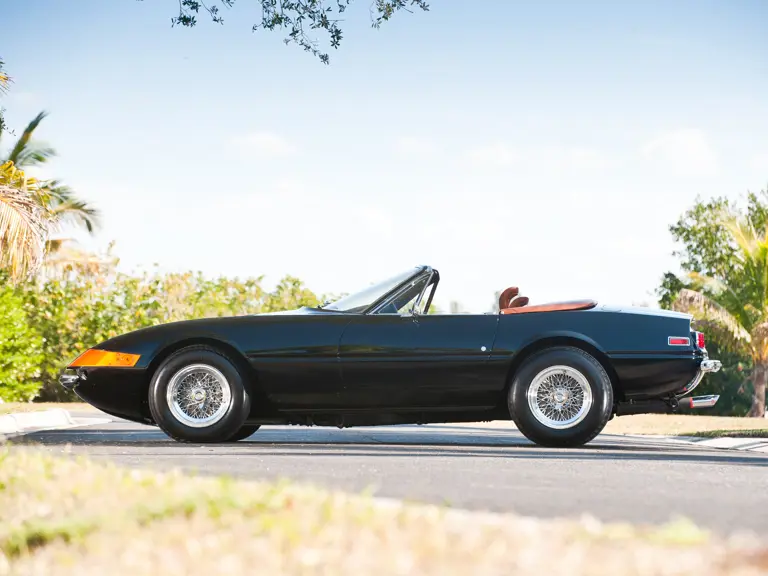

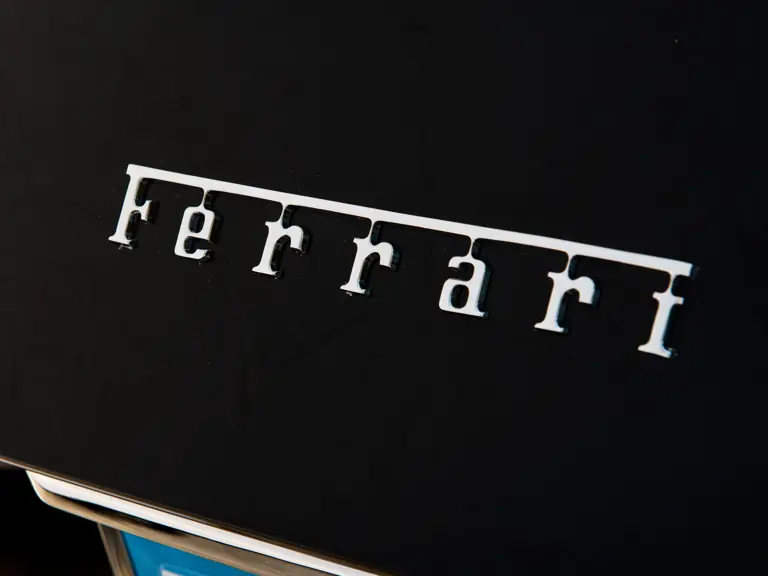
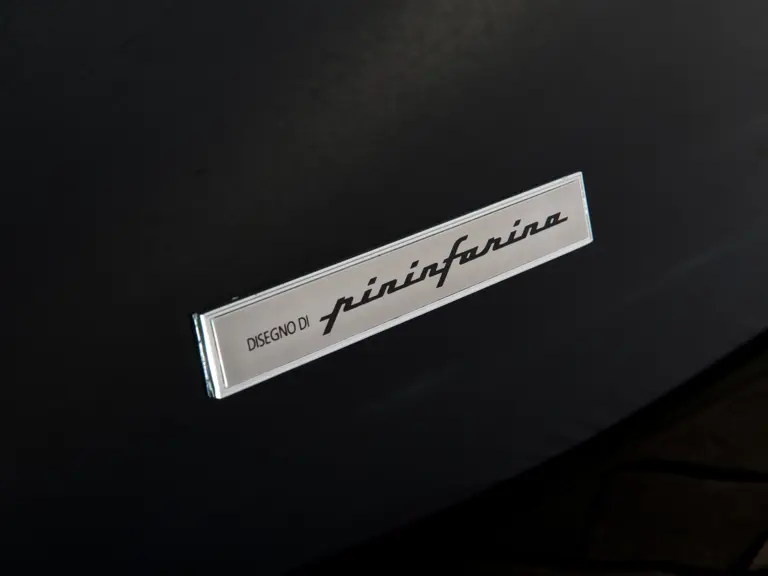
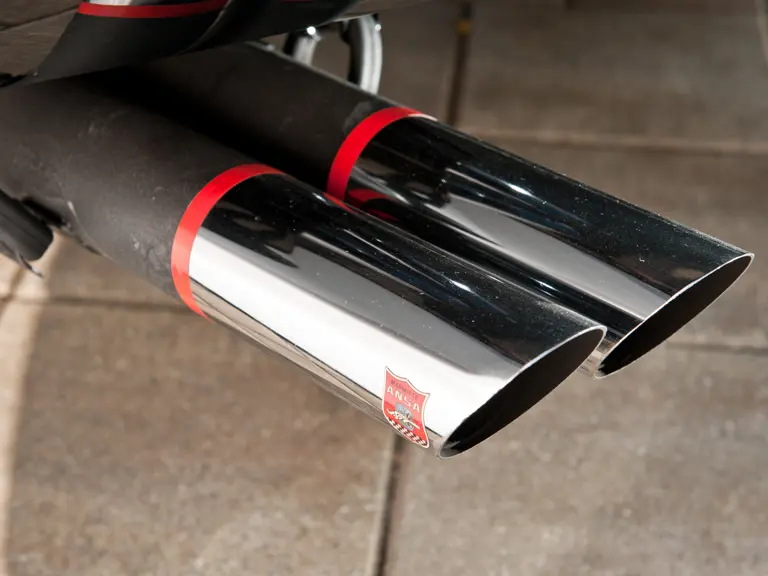


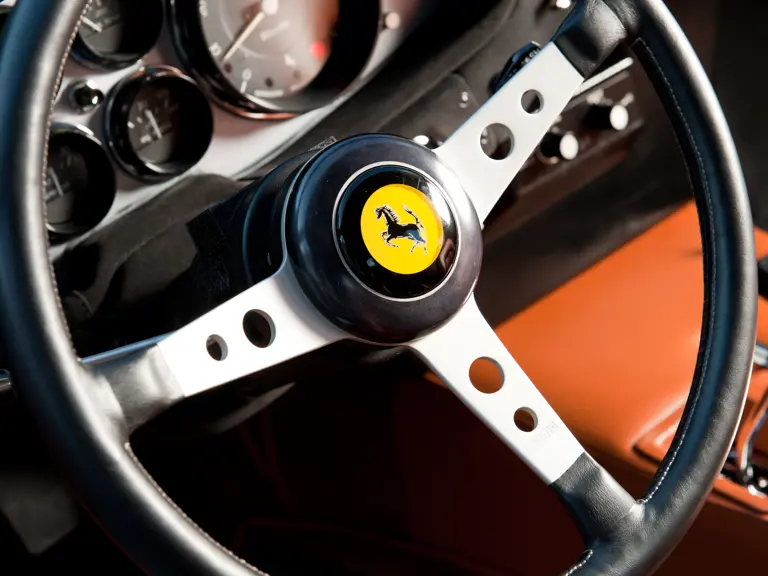

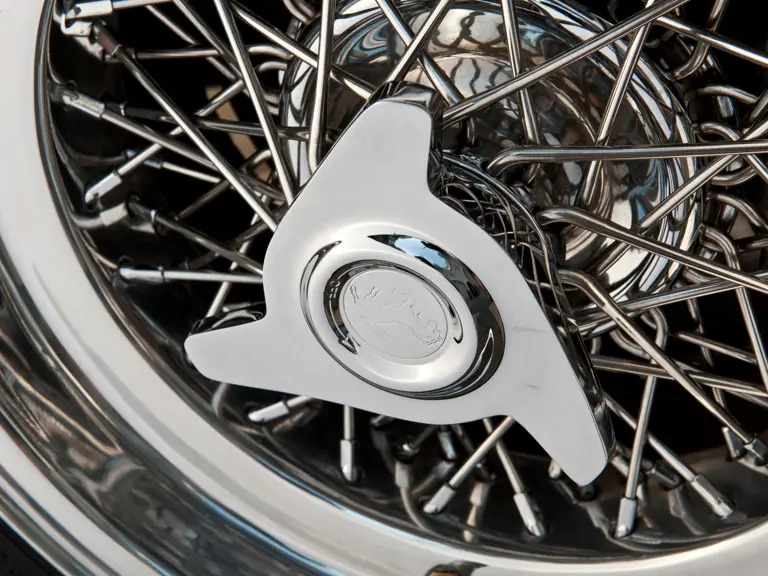



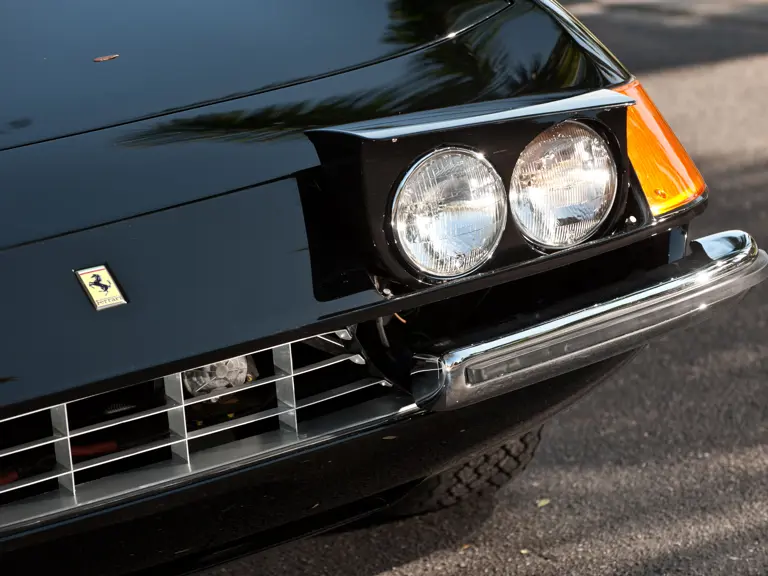
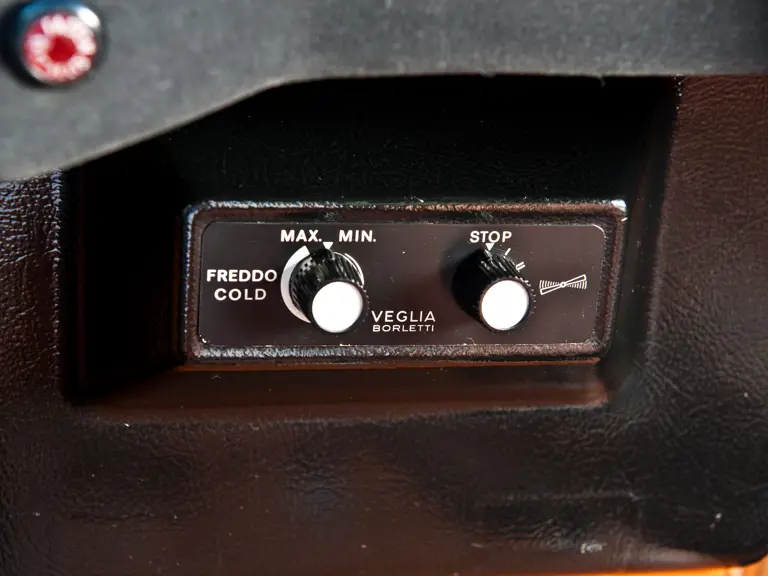
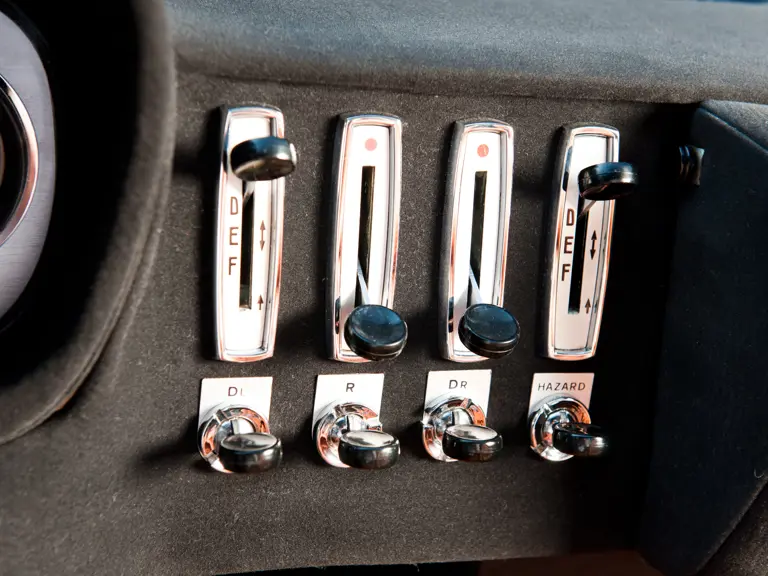
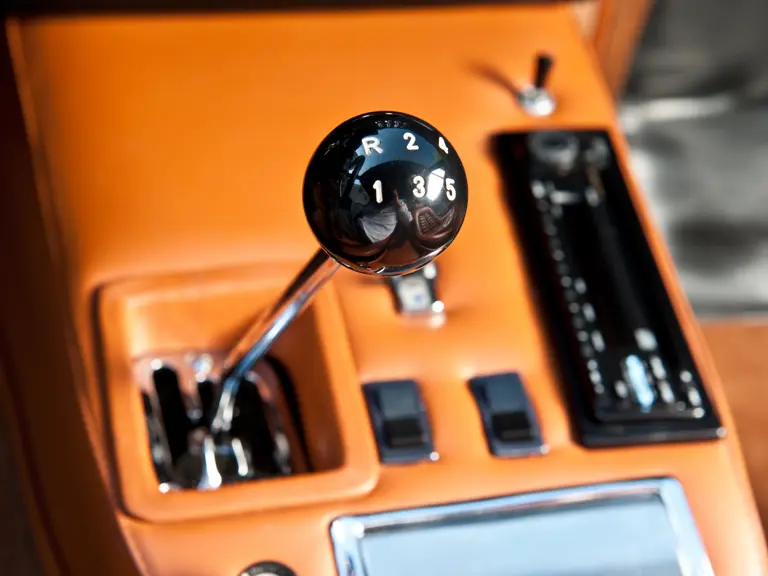
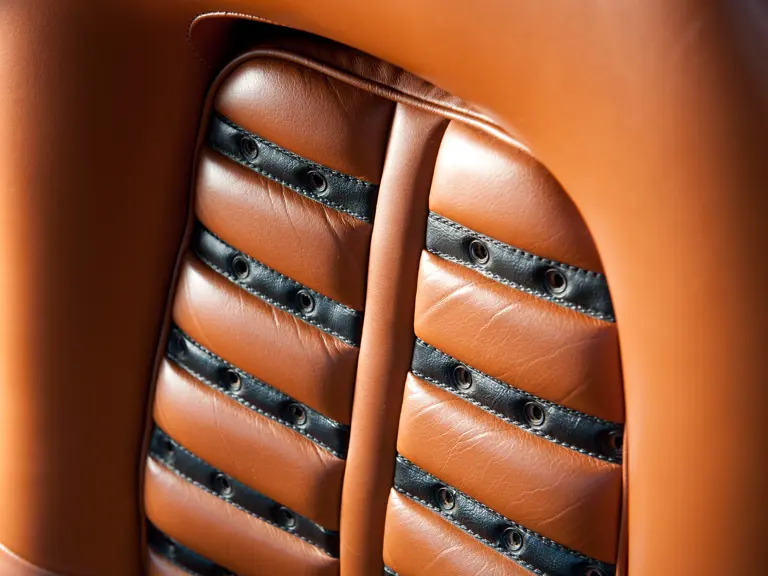
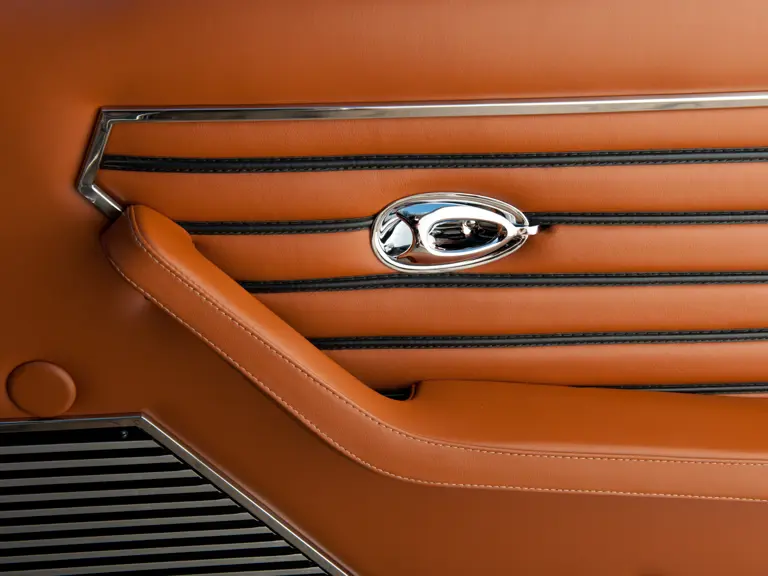

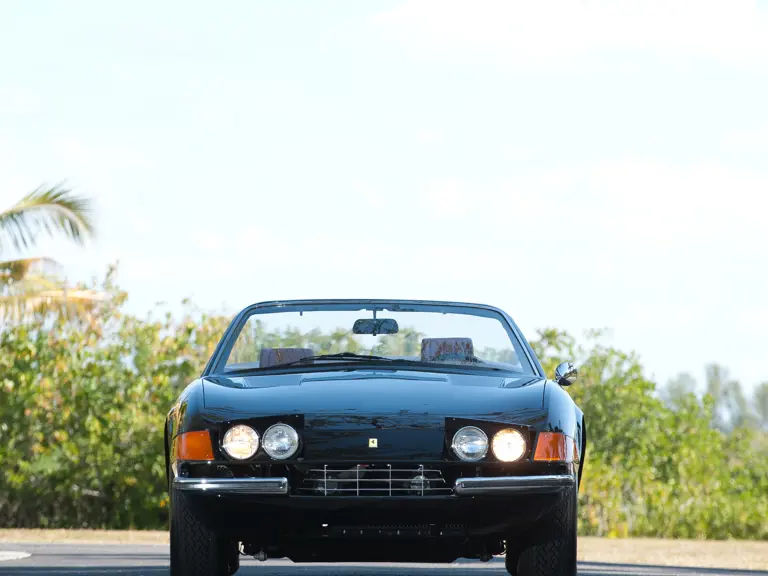
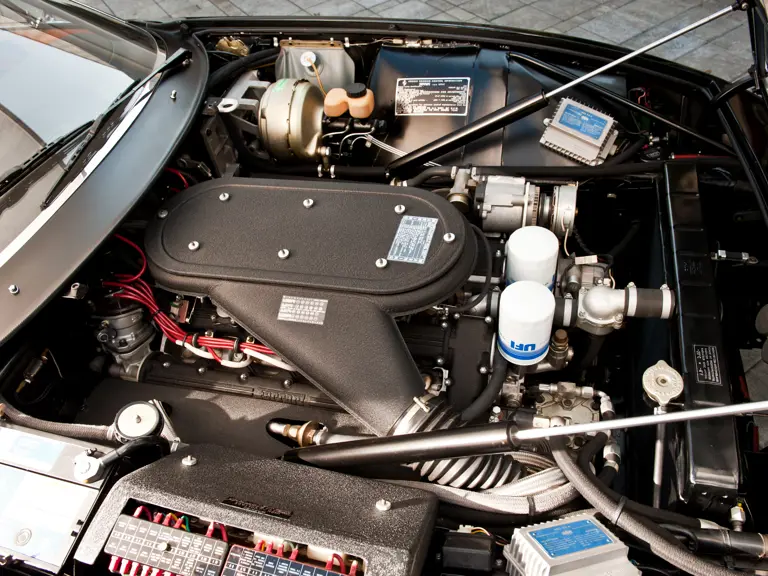


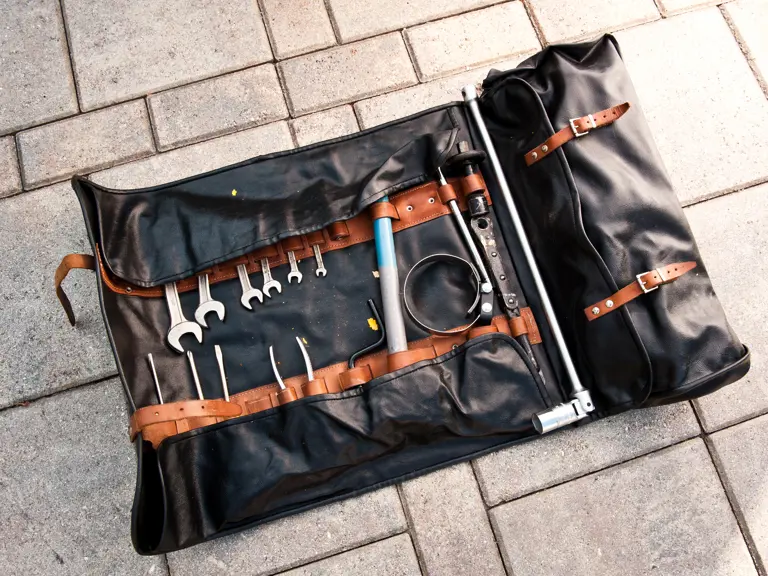
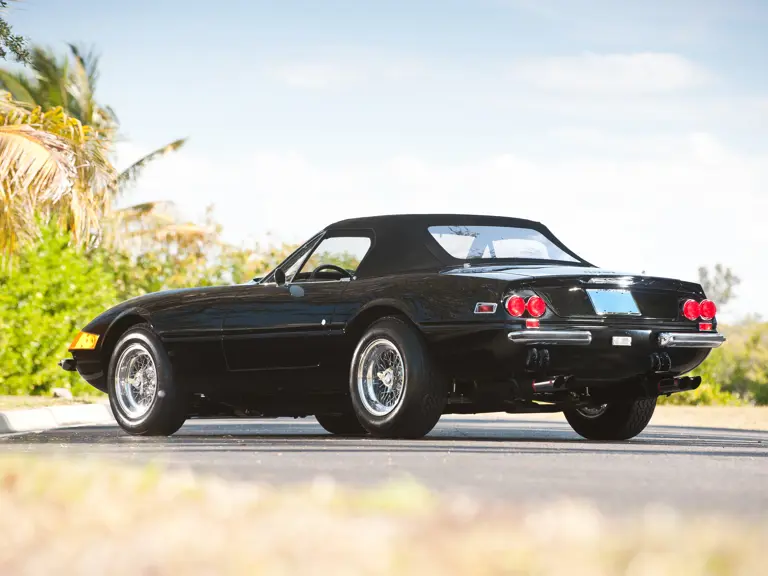
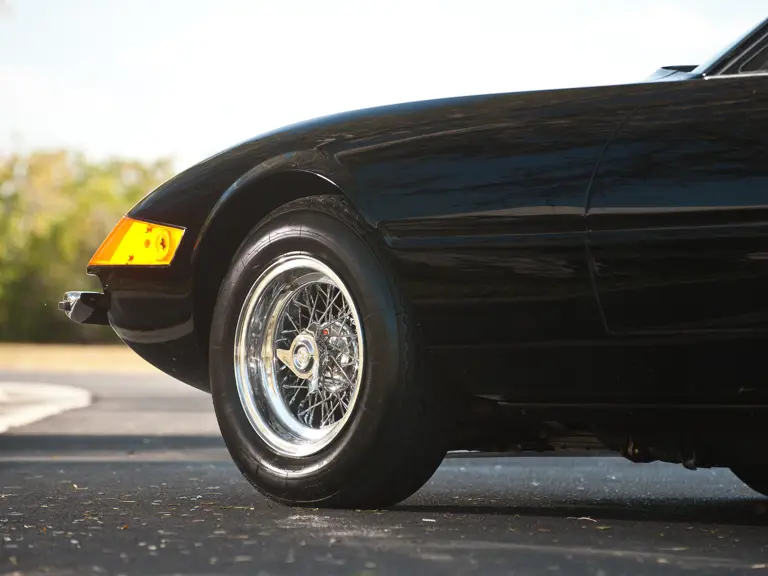

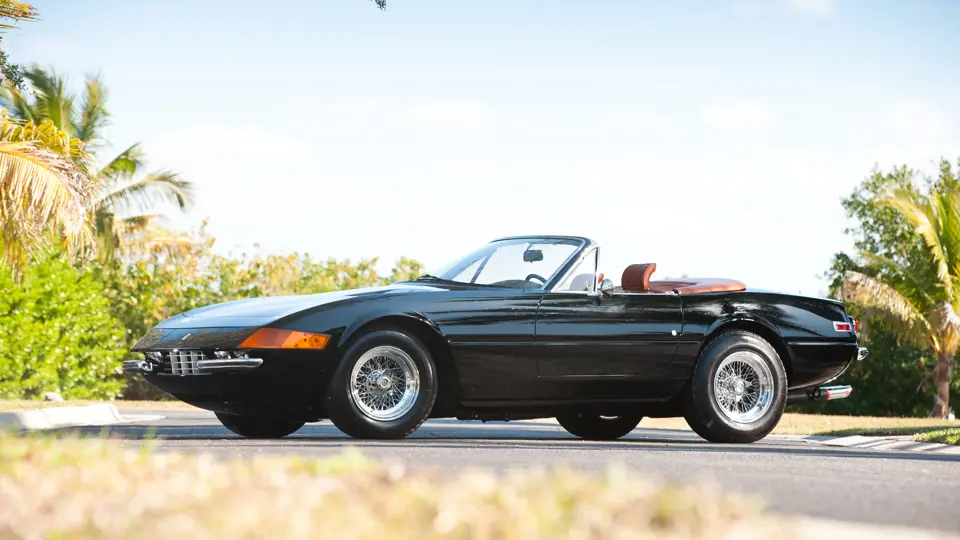
 | Amelia Island, Florida
| Amelia Island, Florida

